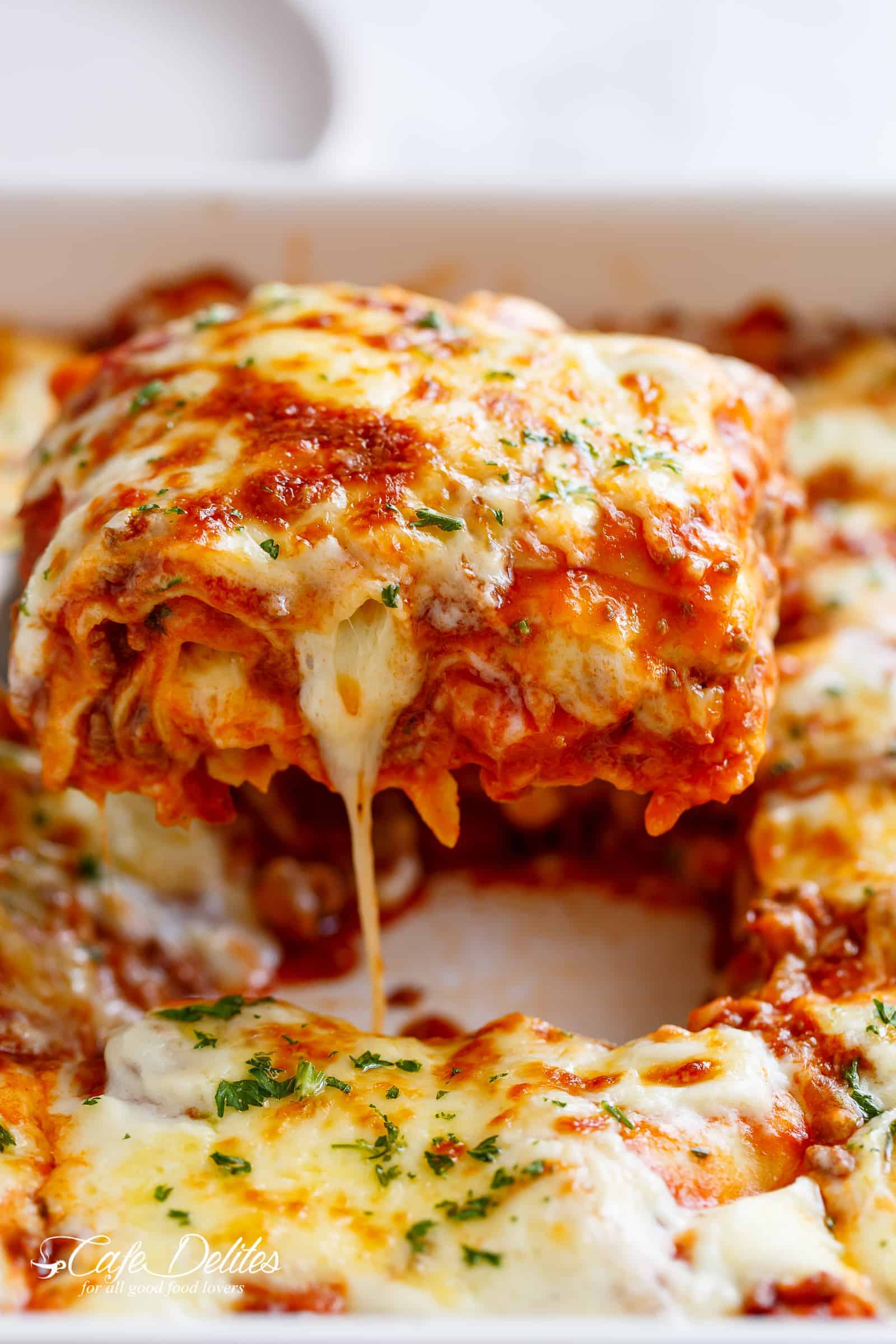



- #Easy bechamel sauce with cheese how to#
- #Easy bechamel sauce with cheese plus#
- #Easy bechamel sauce with cheese mac#
Savory pies are part of every Greek household and are usually made with phyllo dough. Simmer for another minute then remove from heat.The most delicious and unique pie, with an amazingly creamy filling, wrapped in crispy golden brown kataifi dough! Prepare it for a dinner party and amaze your guests with it’s extraordinary taste! Use the fine grating side of a cheese grater – the taste and aroma of fresh nutmeg is wonderful! I found a good deal online for whole nutmeg and those are what I used. For best results, use freshly ground nutmeg. Add the salt, nutmeg and Parmesan cheese and whisk to combine. Slowly bring it to a boil, reduce the heat and simmer for 10 minutes until thickened, whisking frequently to prevent lumps or scorching. While continually whisking, gradually add the milk. The process of making a roux is key to achieving flavor in sauces and gravies. For darker, brown sauces you would let the mixture simmer longer until brown. This is known as a “roux” and for lighter-colored sauces you want keep the roux to a light golden. Let the mixture bubble, whisking constantly, for two minutes until light golden. Melt the butter in a saucepan over medium-high heat and whisk in the flour until no clumps remain. However you use it, you’ll be amazed how these few simple ingredients are transformed into a luxuriously creamy and delicious sauce. Try this sauce in our delicious Baked Endives with Ham and Bechamel! It’s also commonly used in lasagna and makes a wonderful sauce for any number of cooked vegetables.
#Easy bechamel sauce with cheese mac#
It makes a great base for creamy pasta sauce (eg, saute some mushrooms and onions and fold them into the sauce, add some additional cheese or some spinach), use it in creamy casseroles or creamy soups, in a white sauce version of shepard’s pie, mac n’ cheese, or try a béchamel-style carbonara with a little garlic and bacon.
#Easy bechamel sauce with cheese how to#
How to Serve Bechamel Sauceīechamel sauce is deliciously versatile. The thickness of the béchamel is determined by how much flour is used (and the quantity of butter would be adjusted accordingly). A medium-thick béchamel, which is what this recipe is, is the most versatile and is used as its own sauce or as the base for a variety of other sauces. A thin béchamel is often used as the base for creamy soups while a thick béchamel is what’s used in soufflé. Just a little Sauce Making 101.Ĭlassically trained cooks are taught to make béchamel in three thicknesses. FYI, if you add Gruyère (or white cheddar) along with the Parmesan the Béchamel technically becomes a Mornay sauce. You can also add a different cheese of choice. You can omit it if you prefer, no other adjustments needed. This version incorporates some Parmesan cheese for added depth and flavor.
#Easy bechamel sauce with cheese plus#
“That fellow Béchameil has all the luck! I was serving breast of chicken à la crème more than 20 years before he was born, but I have never had the chance of giving my name to even the most modest sauce!”įor you French purists: “ Est-il heureux, ce petit Béchameil ! J’avais fait servir des émincés de blancs de volaille à la crème plus de vingt ans avant qu’il fût au monde et, voyez, pourtant je n’ai jamais eu le bonheur de pouvoir donner mon nom à la plus petite sauce!”Īs classic today as it was then, bechamel is a timeless sauce that is enjoyed in the most rustic of kitchens to the most luxurious, high-end restaurants. Per Wikipedia, when the sauce was dedicated to Béchameil to flatter him, the Duke of Escars exclaimed: The sauce was named after him because he was credited with perfecting it from an older cream-based sauce. Originally known as “balsamella” in Italian, the name it is most commonly called by today is “béchamel”, named after the marquis de Béchameil, chief steward to King Louis XIV and patron of the arts. Where Did Bechamel Sauce Originate?Įnjoying a long history, béchamel has been made in Italy for centuries, particularly in Tuscan and Emilian cuisine, and was later imported to France, appearing in a French cookbook around 1651. A simple “white sauce”, béchamel is considered one of the “mother sauces” of French and Italian cuisine as it forms the base for a number of other classic sauces like Mornay, Nantua, Mustard, Soubise, Cheddar Cheese Sauce, and others. Probably the most versatile of all sauces, you’ll be making this again and again!īéchamel is a sauce every cook needs to know how to make. A deliciously rich and flavorful Bechamel Sauce recipe that features the addition of Parmesan cheese for a truly unforgettable sauce! Easy to make and wonderfully versatile!Īn easy, perfectly creamy bechamel sauce with Parmesan cheese for a wonderfully delicate flavor.


 0 kommentar(er)
0 kommentar(er)
